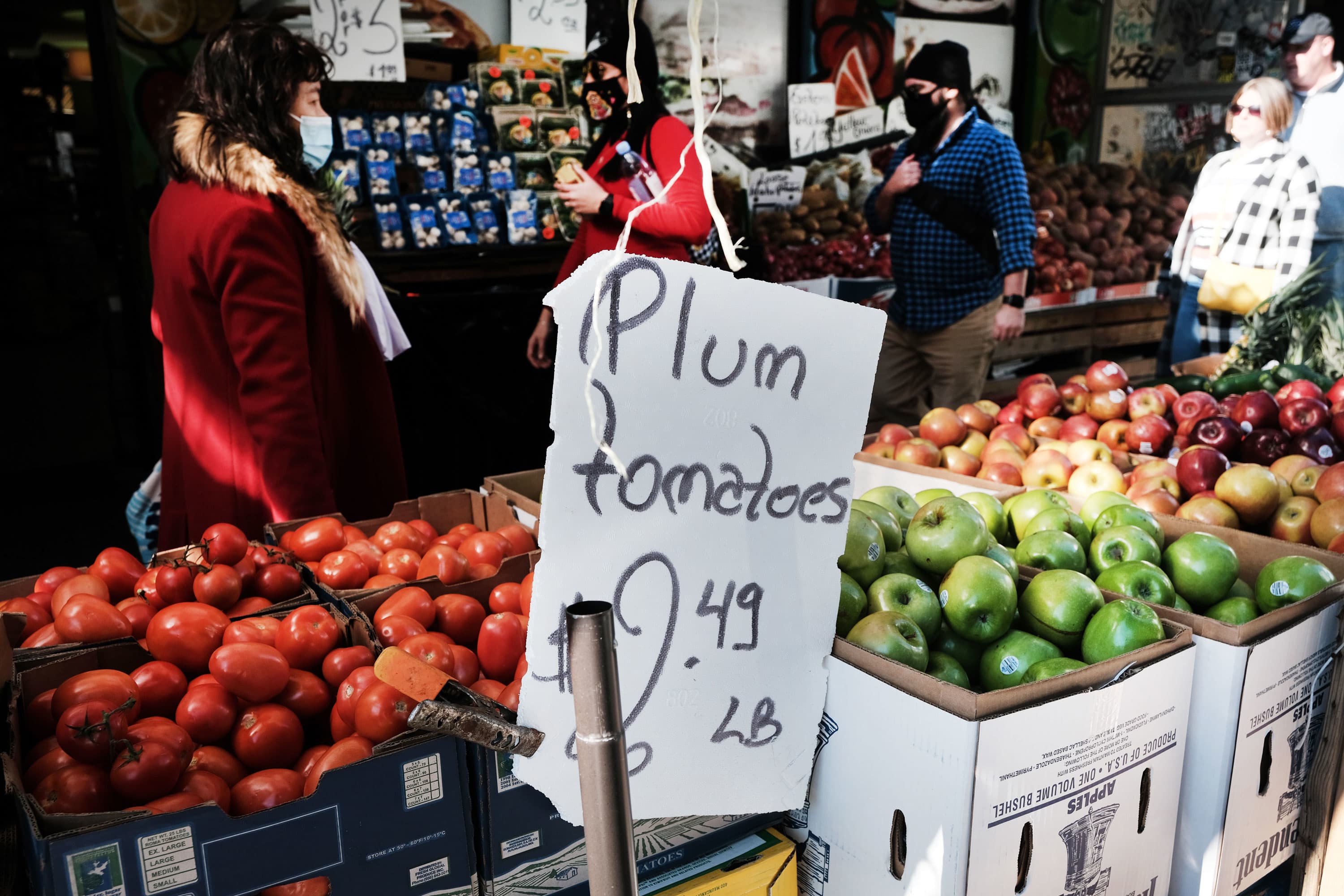
Wholesale prices rose 8.6% from a year ago in October, their highest annual pace in records going back nearly 11 years, the Labor Department said Tuesday.
The government’s producer price index, which serves as a gauge of final demand prices from goods-producers, rose 0.6% for the month, in line with Dow Jones estimates and an indicator that inflation pressures are continuing to pressure the U.S. economy. The monthly pace was faster than the 0.5% increase in September.
Stripping out food, trade and energy prices, the index increased 0.4% month over month, slightly below the 0.5% estimate but an elevated pace from September’s 0.1% gain. On a year-over-year basis, core producer prices increased 6.2%. The year-over-year records go back to November 2010.
Elevated demands for goods over services again led the inflation story, with the price increases for final demand goods accounting for more than 60% of the index’s increase. Goods prices rose 1.2% compared to just a 0.2% increase for services, while construction prices jumped 6.6%.
One-third of the increase in goods prices came from soaring gasoline, with prices rising 6.7%. Beef and veal prices represented the other side of the ledger, posting a collective decline of 10.3%. The index for light motor trucks, a key driver of inflation this year, moved lower as did residential electric power.
On the services side, more than 80% of the increase in final demand services price increases came from autos and parts, which increased 8.9%.
Final-demand prices are a gauge of what goods producers receive in sales for personal consumption, capital investment and to government, as well as for exporting.
The PPI report is one of two key inflation readings this week. The Labor Department on Wednesday will release the October consumer price index, which is expected to show a 0.6% monthly increase for all goods, translating into a 5.9% annual gain.
Federal Reserve officials are watching the inflation data closely. Policymakers generally believe price increases are driven primarily by factors such as supply chain shocks tied to the pandemic and will ease some next year and eventually drift back towards the central bank’s 2% annual target.
However, the Fed has conceded that inflation pressures are lasting longer than thought, and last week voted to begin reducing the pace of its monthly bond purchases.
Goldman Sachs economists over the weekend noted that the “inflation overshoot will likely get worse before it gets better.”
Markets have been pricing in more aggressive interest rate hikes than the Fed is currently indicating. Citigroup economists project that the Fed will have to step up its planned $15 billion a month pace of bond purchase reductions, with an acceleration to $22.5 billion a month, meaning the quantitative easing program would wind down completely by April 2022.
That would then allow the Fed to start increasing rates should inflation continue to be a problem.

